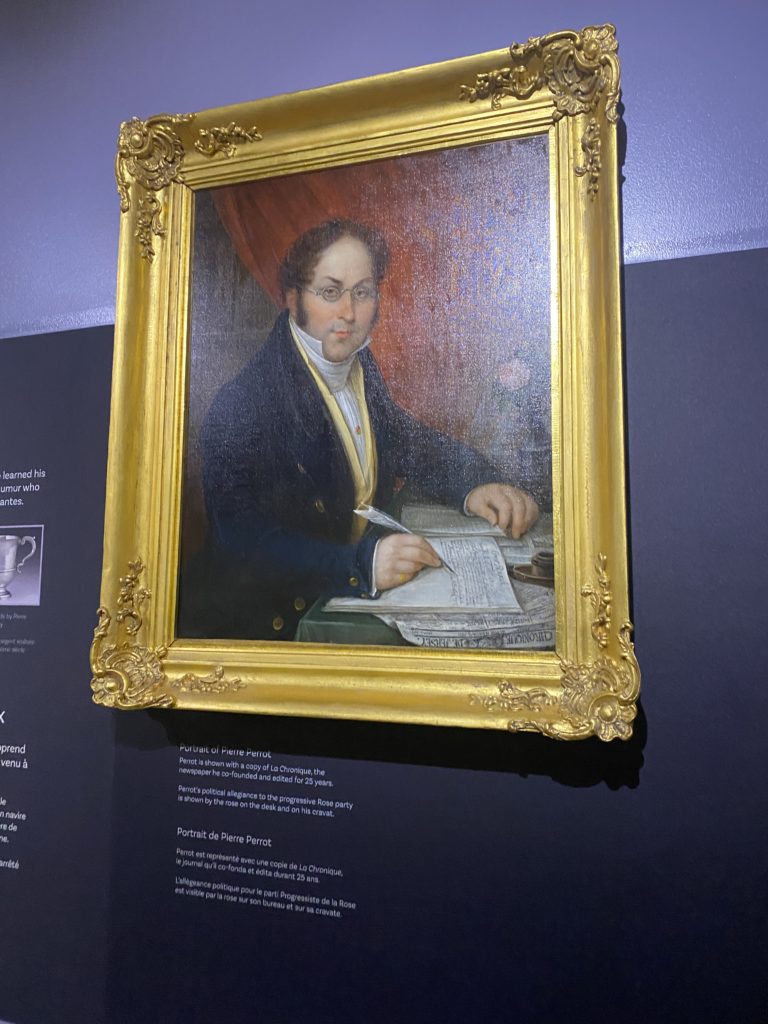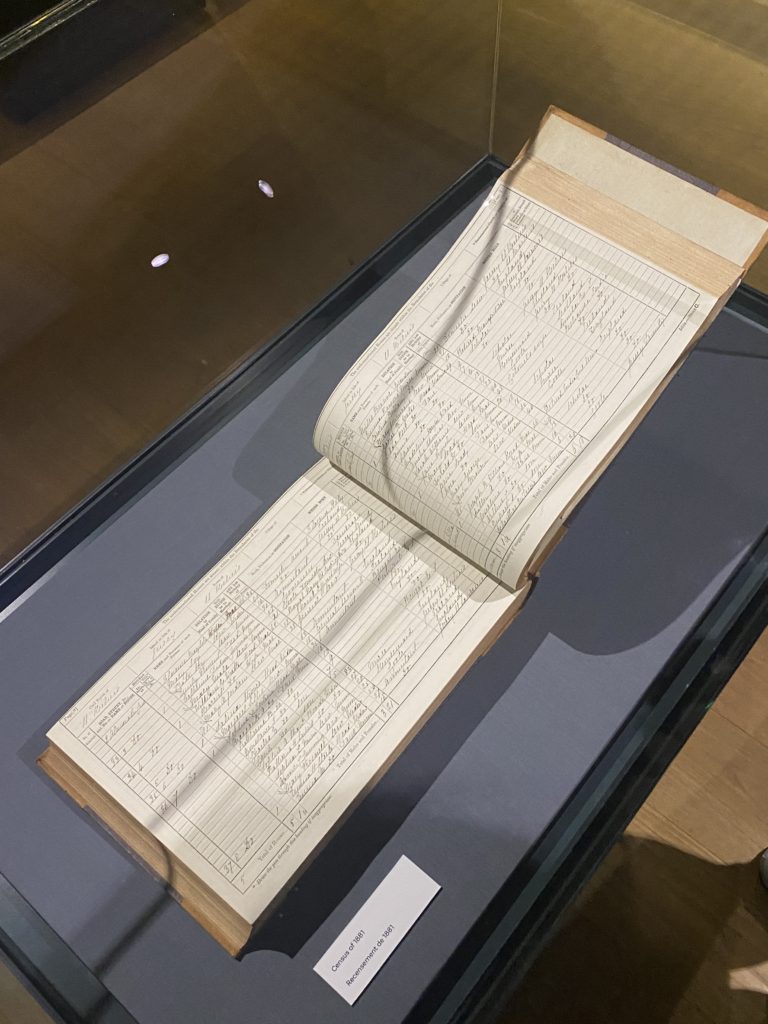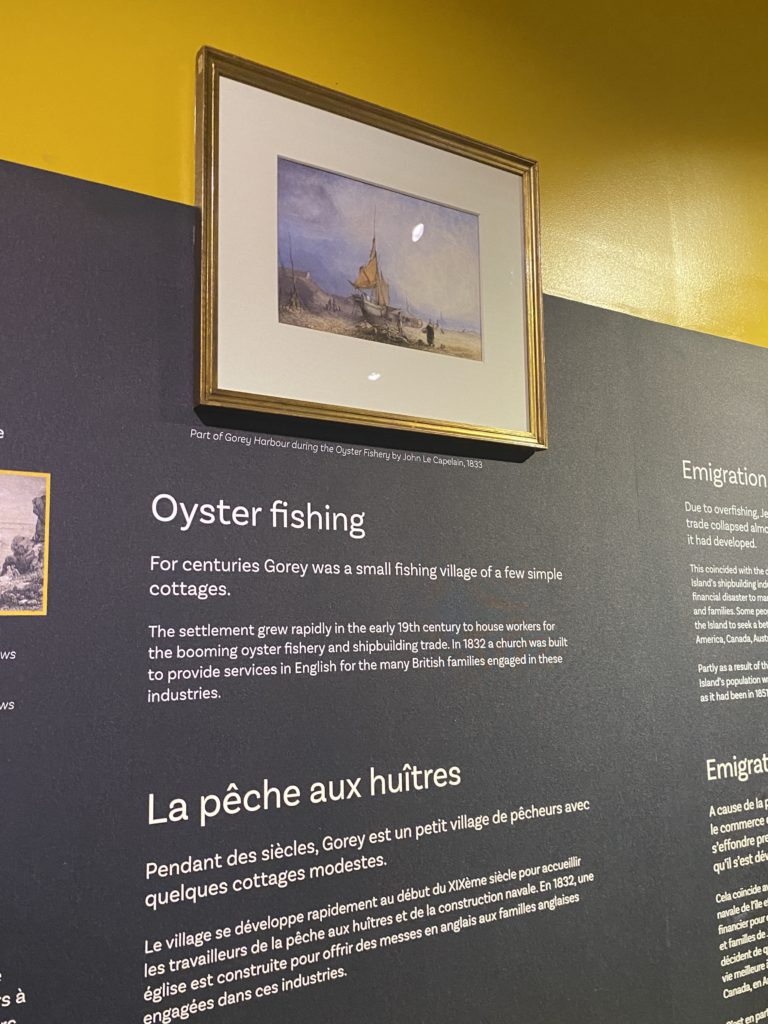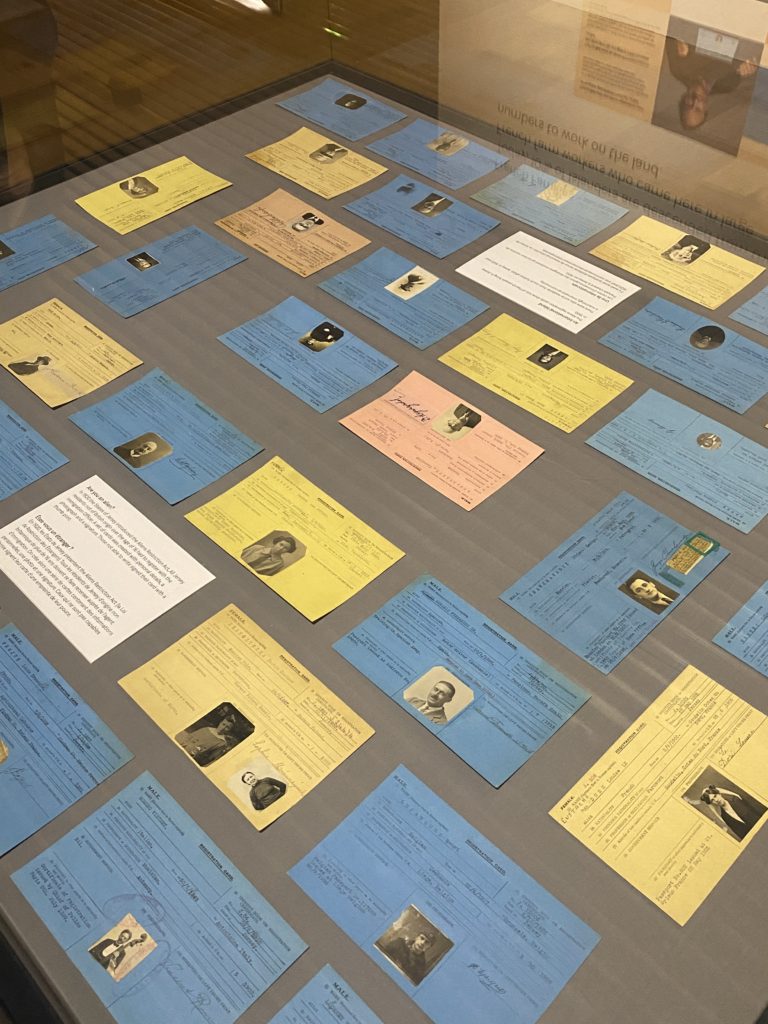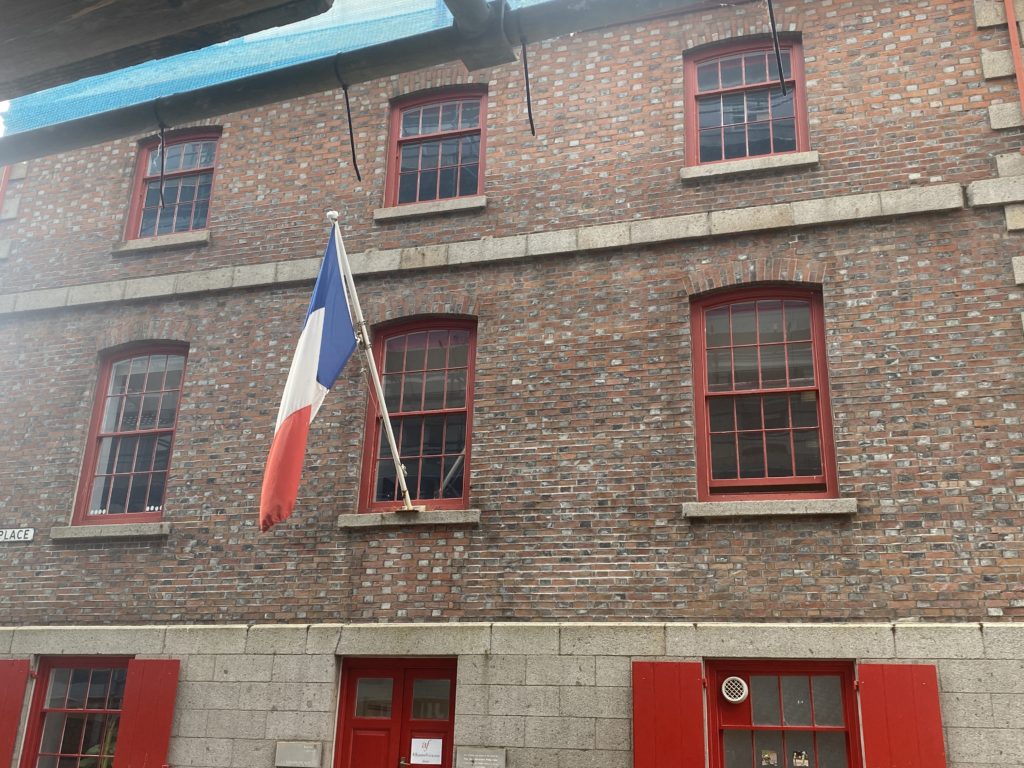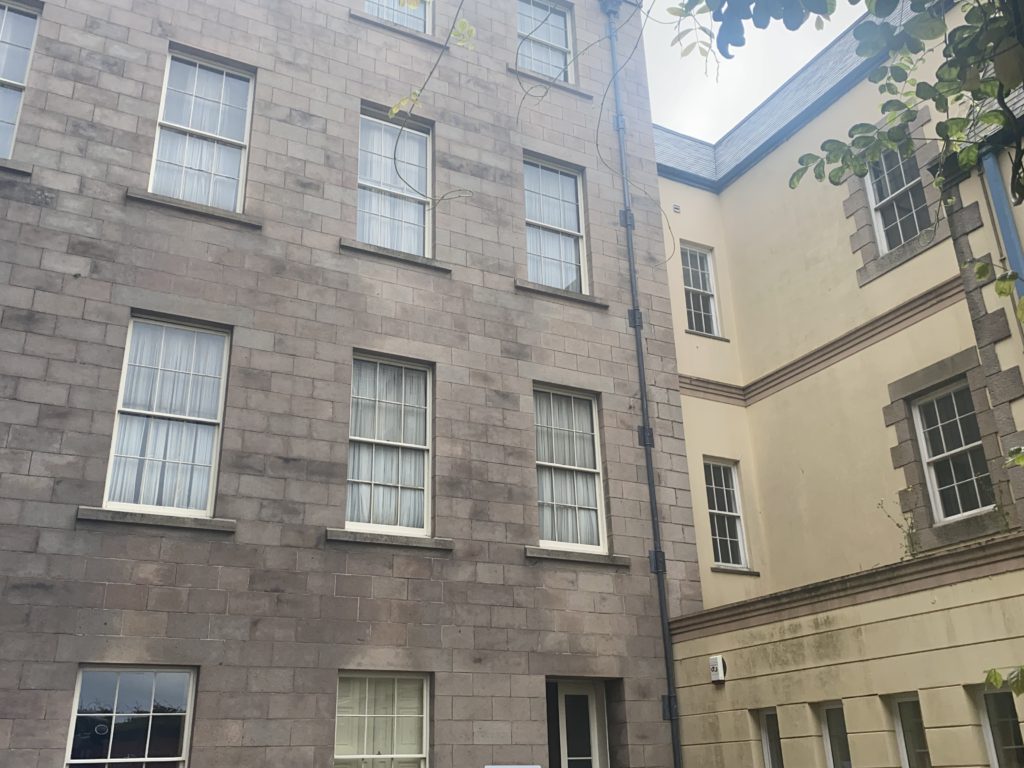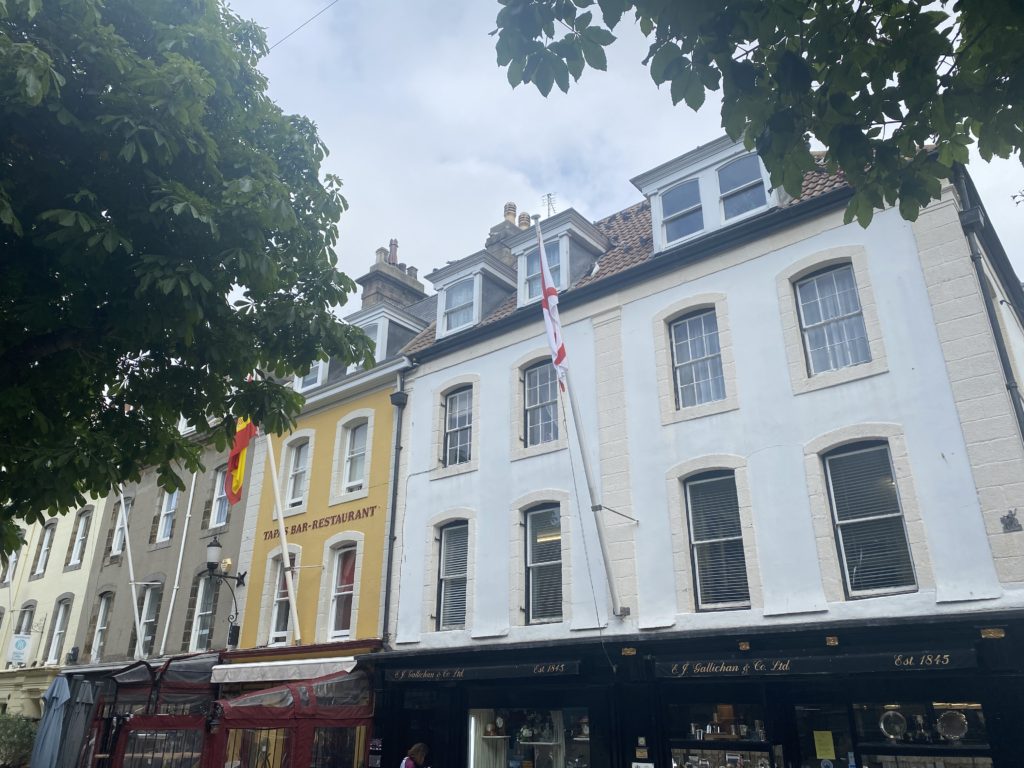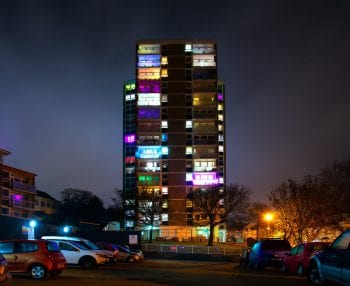People Make Jersey Exhibition
‘People Make Jersey’ was an exhibition held at the Jersey Museum which we visited on Monday June 7th. Information and facts on resident’s of Jersey’s history were displayed around the site, from farmers to local last names, the exhibition told it all. We started the day with a talk from an expert at the exhibition who took us around the area explaining different sections, such as information on religious/political refugees, economic migrants that arrived to support new industries such as oyster fishing, ship building, construction, agricultural workers and tourism.
Statement from ‘People Make Jersey’ –
‘Every Jersey resident has an immigration story – whether their family came here 500 years or five years ago. This exhibition explores some of these stories and the ways in which immigration has shaped and influenced the Island we know today.’
After attending the exhibition, I carried out some further research by speaking with my grandparents about their heritage, where their family lived, their jobs and any other interesting information on their lives being residents of Jersey. At the exhibition I was really interested in a display listing several local Jersey surnames, the display had information about where these surnames originated from and when conducting further research I wanted to discover more. When speaking with my grandmother she told me of how people of similar last names in Jersey would live in specific areas of the island. For example, my grandmother’s maiden name is Perchard; a very local Jersey name meaning ‘a man from Perche in the South of Normandy’ – many Perchard’s resided in the east of the island, in St Martin and Grouville. Additionally, when speaking with my grandfather he told me of how his father was born in Jersey and how people with his (and my) surname of Mariette were also from the East of the island in Gorey, and how many Mariette’s were fishermen. More on Jersey surnames can be found here. I found out that my grandmother’s parents were also both born in Jersey and as were their parents before that, when asking my grandmother about her parents careers she told me of how her father was the manager of a big general merchants store called ‘George D Laurens’ which was believed to be established as early as the 18th century, originally a hardware store but by the 1960s was one of Jersey’s major toy shops as well as selling general goods. I found it so interesting to compare some of my family’s heritage to the peoples I read about at the Jersey Museum, learning about their careers and lives was very eye-opening.
St Helier’s History – Stuart Fell
Later in the day, half of us joined Stuart Fell on a walk around the St Helier town centre discovering information about the architecture of this area in Jersey. We learnt about how wealthy residents who arrived in Jersey had an impact on these buildings, I found it so interesting to find out about how influential these people were in actually creating the foundations of our island. Stuart also gave us heaps of information on the different types of bricks used in St Helier’s architecture, for example we found out that brick making was once a thriving industry in the island during the 19th Century, which traded across the world, and that the most common colour of Jersey brick was red. On our walk we looked out for any red bricks in building’s chimneys, as Stuart informed us they could have been built over 150 years ago. More information on the Jersey brick making industry from islander Enid Gautier can be found here.


